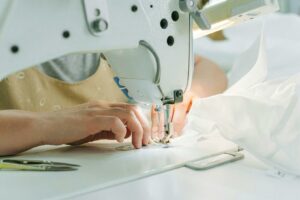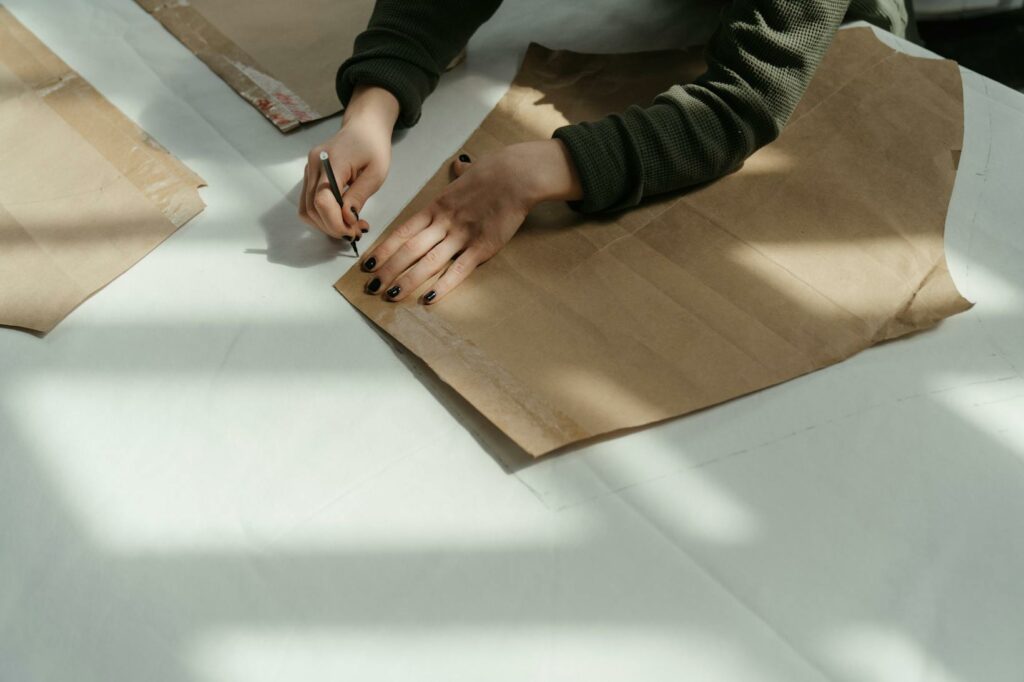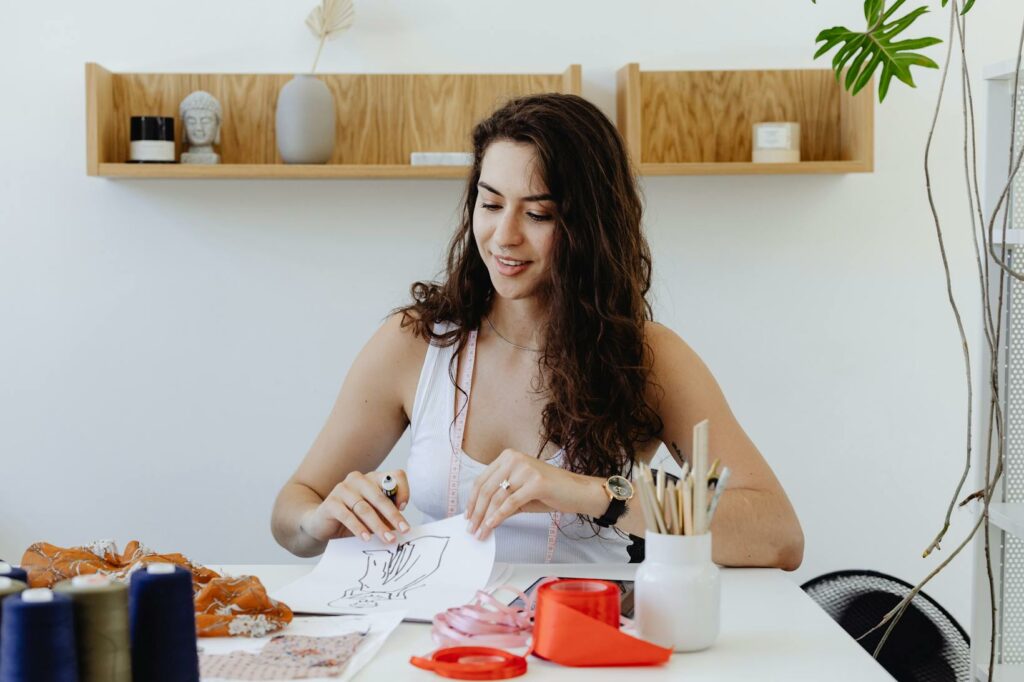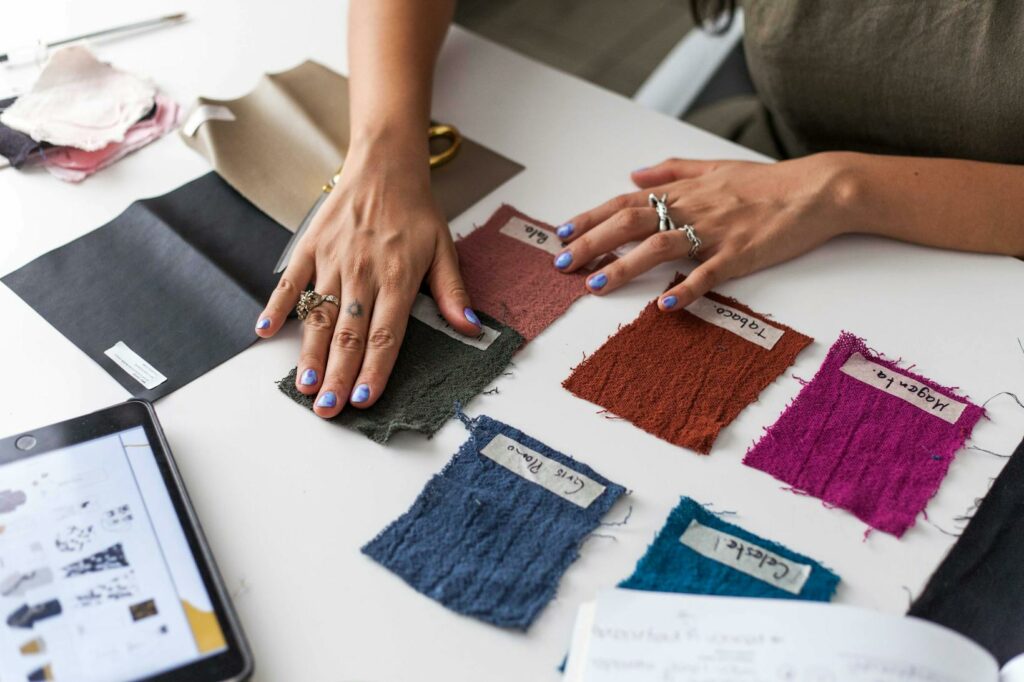In the world of fashion design, mastering the art of proportion is like composing a symphony of style. Understanding how different elements come together in perfect harmony can elevate a design from ordinary to extraordinary. Proportion plays a pivotal role in creating visually pleasing and balanced outfits that flatter the body and showcase the designer’s keen eye for detail.
 When proportions are carefully considered, garments not only fit well but also exude a sense of sophistication and elegance. From the length of a skirt to the placement of buttons on a shirt, every decision influences the overall look and feel of a piece.
When proportions are carefully considered, garments not only fit well but also exude a sense of sophistication and elegance. From the length of a skirt to the placement of buttons on a shirt, every decision influences the overall look and feel of a piece.
Fashion designers who grasp the power of proportion can effortlessly create captivating silhouettes that leave a lasting impression on the runway and in everyday life.
Proportion In Fashion Design
Proportion in fashion design refers to the relationship between the various elements such as length, width, and volume within a garment. By mastering proportion, designers can achieve a visually balanced and harmonious look that flatters the wearer.
The Basics of Proportion and Scale
In fashion design, proportion and scale are fundamental concepts that can make or break a garment. Proportion deals with the relationship between different parts of a design, such as the length of a skirt in relation to the height of a blouse. On the other hand, scale pertains to the size of patterns, prints, or accessories in relation to the overall outfit. Understanding how to play with proportion and scale can help designers create outfits that are both stylish and flattering.
Importance of Proportion in Aesthetics
Proportion plays a crucial role in the aesthetics of fashion design. It is the key to creating outfits that not only fit well but also enhance the wearer’s body shape. When proportions are carefully considered, garments exude sophistication and elegance, showcasing the designer’s meticulous attention to detail. By mastering the art of proportion, fashion designers can craft stunning silhouettes that make a lasting impression on the runway and in everyday wear.
Key Elements of Proportion in Fashion Design
Proportion plays a vital role in creating visually appealing and well-balanced outfits. Achieving harmony in fashion design involves mastering elements such as length and volume. Understanding the significance of proportion and scale is crucial for crafting stylish and flattering looks.
Balancing Silhouettes and Shapes
 In fashion design, balancing silhouettes and shapes is essential for creating cohesive and harmonious outfits. By ensuring that the proportions of different garments complement each other, designers can achieve a polished and stylish look.
In fashion design, balancing silhouettes and shapes is essential for creating cohesive and harmonious outfits. By ensuring that the proportions of different garments complement each other, designers can achieve a polished and stylish look.
Mixing fitted pieces with more voluminous ones can create an interesting contrast while maintaining overall balance in the ensemble.
Color and Texture: Enhancing Proportional Design
Color and texture serve as powerful tools in enhancing proportional design in fashion. Strategic use of color can help create visual illusions to adjust proportions effectively. Incorporating varying textures can add depth and dimension to outfits, further enhancing the overall balance and proportion. By skillfully combining different colors and textures, designers can elevate the impact of proportion in fashion design.
Modern Trends and Innovations
How Contemporary Designers Use Proportion
Contemporary designers expertly leverage proportion to create visually striking and harmonious fashion pieces. By skillfully balancing elements like length, volume, and shapes, they craft designs that exude sophistication. Through meticulous attention to detail, designers ensure that every component of an outfit harmonizes seamlessly with the overall look, resulting in a polished and cohesive appearance.
The Role of Technology in Proportional Design
 Technology plays a pivotal role in advancing proportional design in the fashion industry. Designers now have access to cutting-edge tools and software that enable them to precisely calculate and manipulate proportions with unprecedented accuracy. From 3D modeling to virtual reality simulations, technology empowers designers to experiment with proportions in innovative ways, pushing the boundaries of traditional design concepts.
Technology plays a pivotal role in advancing proportional design in the fashion industry. Designers now have access to cutting-edge tools and software that enable them to precisely calculate and manipulate proportions with unprecedented accuracy. From 3D modeling to virtual reality simulations, technology empowers designers to experiment with proportions in innovative ways, pushing the boundaries of traditional design concepts.
By integrating technological advancements into their creative process, designers can achieve unparalleled precision and refinement in creating proportionate and visually captivating fashion designs.
Mastering proportion in fashion design is a crucial aspect that can elevate a garment from ordinary to extraordinary. By understanding how length, volume, and historical influences impact modern trends, designers can create visually appealing and balanced pieces.



